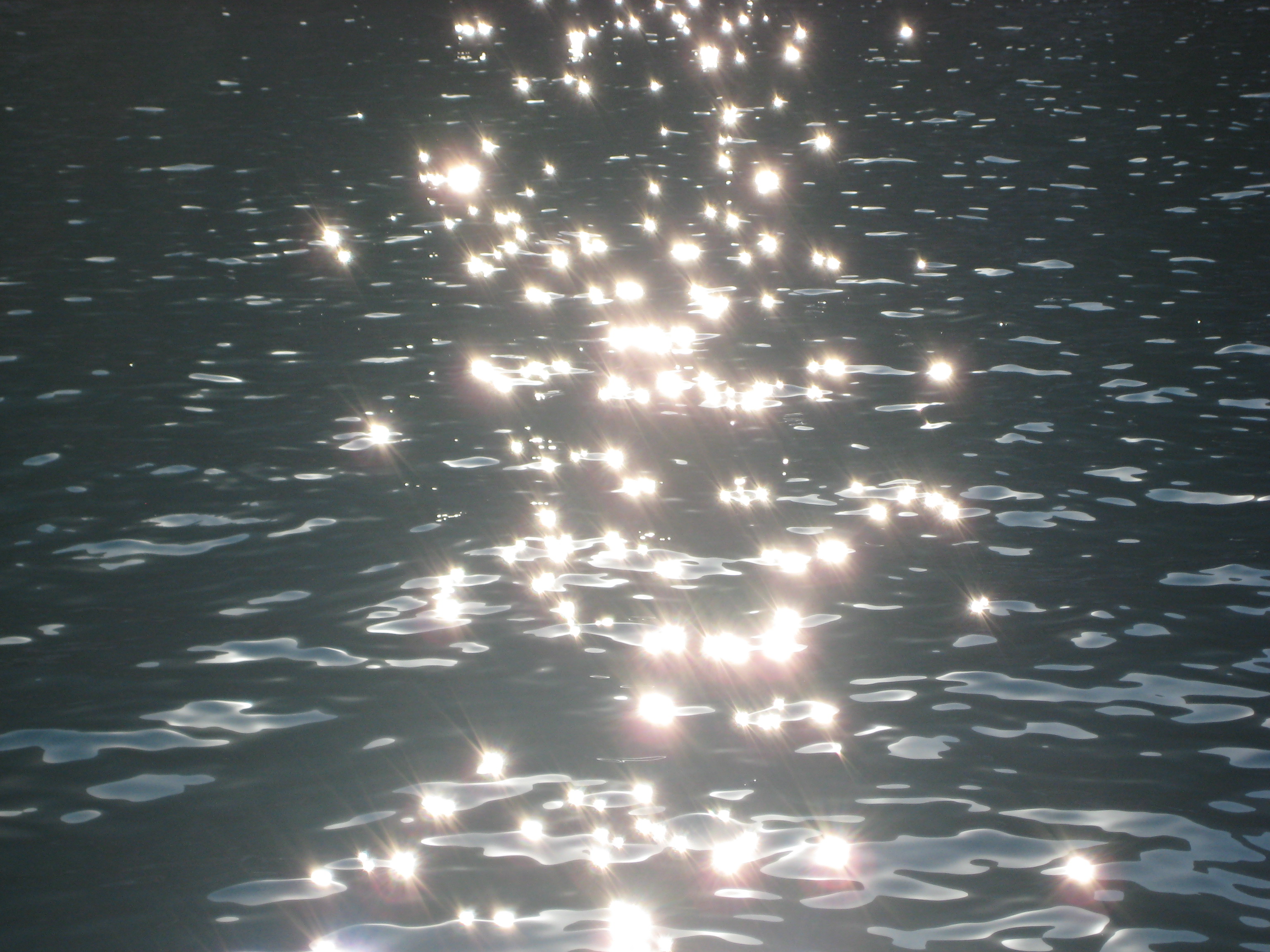IN 2010 a young designer unveiled what could be called, literally, the very last thing in theme park development. It was the Euthanasia Coaster which, reaching speeds of 22mph from a drop height of 1,670 ft was guaranteed to wipe out anyone on board. Lithuanian art student Julijonas Urbonas, who had worked at an amusement park, defended his odious concept saying it was an “elegant” way to die.
He claimed to have been inspired by John Allen, president of the Philadelphia Toboggan Company, who once said the ultimate roller coaster was one where all the passengers “came back dead.”
“Is there any kind of art that would engage your guts like roller coasters? What other activities disorient, shake and thrill your body in such a way that you shout, sweat, vomit and come back next day?” Urbonas asked an audience at a symposium on ‘ gravitational aesthetics’.
Leaving aside his conceptual coaster, it is a fair question. A good rollercoaster still forms a basic core of a new amusement park and the coaster class is constantly evolving. Today’s monster rides can soar hundreds of feet tall, reach extraordinary speeds, and create gravity-defying (but safe) experiences.
At this time of the year, as spring arrives, the theme park world loves to unveil all the latest ‘top secrets attractions. Among the most anticipated new rides for 2015 are the Fury 325 at Carowinds in the USA. The “325” stands for the highest point in feet and signals the breaking of the 300-foot height threshold. Among the five tallest in the world, it can reach speeds of 95 mph. After you, thanks. Other new American bone shakers include the Twisted Colossus at Six Flags California, the Wicked Cyclone at Six Flags New England and Tempesto at Busch Gardens Williamsburg.
You have to turn East however to see the future of the industry. Europe and the US may have led growth in the 1990s but the last 10 years have a massive expansion throughout the Asia-Pacific region, driven by a new middle class spending their income on the time-honoured day with the family.
The International Association of Amusement Parks and Attractions ( IAAPA) reports that the regions parks are expected to host 436 million people in 2015 – a growth of 8.9 per cent. By 2018, nearly half of all theme park visits will be made in countries including China, India, Japan and South East Asia. Already China has taken the lead in the number of rollercoasters per head of population, and that’s a big claim.
But coasters are only one part of the story. New rides inspired by films and their characters are as popular as ever, with Buzz Lightyear, Batman, Harry Potter and good old King Kong providing material for a new features across the globe.
In a further development, BBC Worldwide has struck a deal with Kuwait-backed property developer LRCH owned by the Al-Humaidi family to allow a range of its programmes and characters to be “brought to life” at a new £2bn theme park and holiday resort in the UK.
Ironically, among the brands which the developers want to turn into experiences is Top Gear, which ran into trouble last month after its presenter Jeremy Clarkson was sacked. Other shows which are on the list include Dr Who and Sherlock.
Sherlock is hugely popular in the States – while Dr Who is an internationally recognised brand that should appeal to both foreign tourists and Brits who have grown up watching the programme. The park, located near the international Eurostar station in Kent, will be opened in 2020 if it gets planning consent.
Films are popular because they provide ‘narrative experiences’ and help keep people entertained on what is usually a very long day out.
“Theme parks are not just about the thrill of a roller. People enjoy what we call an ‘immersive experience’, they want to be transported into another world,” says Ian Bell, marketing manager for Adrian Fisher, the world’s leading designer of mazes. The firm, responsible for the Tower Maze in Dubai which is the tallest vertical maze in the world, has installed mirror mazes in 40 parks worldwide and built some 600 other mazes altogether.
Last year in Hong Kong, Adrian Fisher created the very first transparent maze in collaboration with German light artist Ben Busche in which 400 illuminated glass panels were used as barriers which came magically alive after dark. The installation was later taken down but Fisher hopes to find a client for another such work of light art soon.
So is it possible that the world of contemporary art and theme park design will finally come together in a manner that could really enhance the visitor experience? The art world, ever on the lookout for a big new canvas and more space, could well find it in the burgeoning world of amusement parks but not, perhaps not in the way that Julijonas Urbonas conceived.
